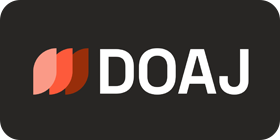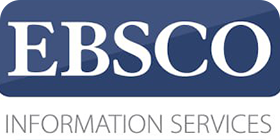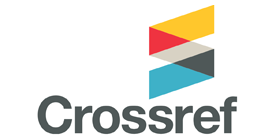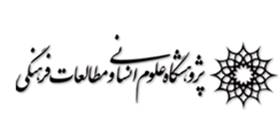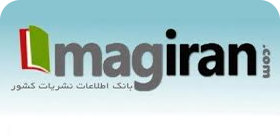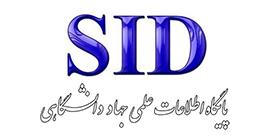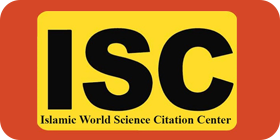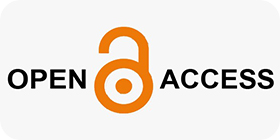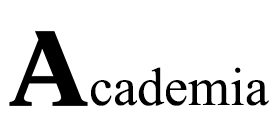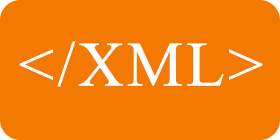Presenting the Cultural Leadership Pattern in Iranian Educational Organizations Using Content Analysis Technique
Keywords:
Cultural Leadership, Educational Organizations, Individual Competencies, Interpersonal Competencies, Organizational CompetenciesAbstract
Purpose: Cultural leadership plays a vital role in more effective management and leadership of organizations. As a result, this paper aimed to provide a cultural leadership pattern in Iranian educational organizations using content analysis technique. Methodology: This study was applied in terms of purpose and qualitative in terms of execution method. The research population consisted of experts in the field of culture and management of educational organizations in Iran in 2019. According to the principle of theoretical saturation, 22 subjects were selected as sample with the purposive sampling method. The research tool was a semi-structured interview, whose validity was confirmed by triangulation method and its reliability was calculated to be 0.82 by the inter-coder agreement method. Finally, the data were analyzed based on open, axial and selective coding using the content analysis technique. Findings: Results showed that cultural leadership in Iranian educational organizations had 129 open codes or indicators, 25 axial codes or concepts, and 3 selective codes or categories. The category of individual competencies includes 13 concepts of cultural strategic thinking, cultural intelligence, cultural analysis skills, ethical orientation, fairness, jihadi spirit, rule of law, excellence, belief in cultural citizenship, managerial intelligence, charisma, self-management and artistry, the category of interpersonal competencies includes 3 concepts of creating cooperation culture, emotional and trust-building leadership and management of relationships with others and the category of organizational competencies including 9 concepts of cultural diversity management, cultural integration, equal access to cultural services, management of organizational values and beliefs, management of organizational cultural heritage, organizational traditionalism, cultural influence, cultural symbolization and cultural change agility. Finally, according to the identified categories and concepts, a cultural leadership pattern in Iranian educational organizations was designed. Conclusion: According to the results, some programs can be designed and implemented to improve the categories and concepts identified for the cultural leadership model in educational organizations to improve cultural leadership.

